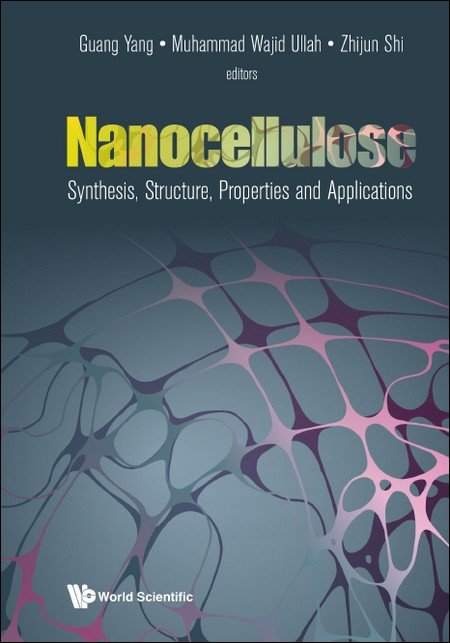Chapter 8: Applications of Nanocellulose in the Food Industry
Presently the entire world, especially the third-world countries, are greatly suffering from food shortages while the available food is sometimes of low quality due to poor processing and lack of storage facilities. To increase the shelf life and improve the quality, the food products need to be appropriately processed, packaged, and protected to minimize the risk of contamination and spoilage. The use of sustainable, low-cost, and lightweight biobased materials could be potential candidates used for food packaging to ensure the transportation of food to other regions and preserve it for extended duration. The idea of introducing different technologies to food science is to increase the sustainability, shelf-life, and nutritional quality of food. Currently, the development of a new generation of products with improved properties for food packaging is of utmost importance. Nanocellulose, a versatile material possessing unique structural, physico-chemical, mechanical, thermal, and biological features, has been vastly explored in food industry for various application. This chapter describes the merits and challenges of nanocellulose in food science as well as its functionalization through surface modification and in situ addition of reinforcement materials to meet the demand of using it as food packaging material and dietary aid, food additive, and emulsion stabilizer. It also discusses the development of active food packaging materials by using biodegradable polymers and antimicrobial materials as an innovative and attractive approach in food science to inhibit the growth of microorganism and retain the quality, freshness, and safety of food.



